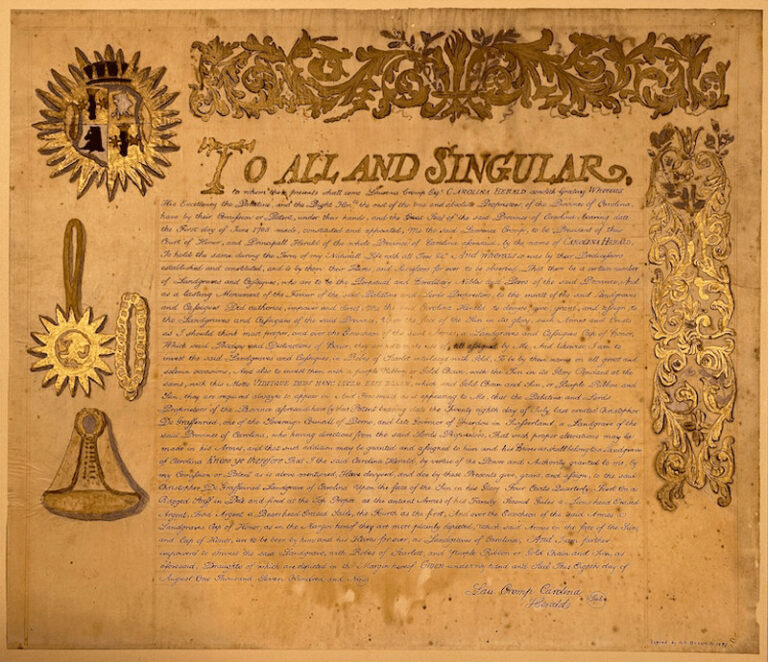We offer washing and removal of distracting stains from works of art on paper, including reduction of foxing & matburn removal, as well as removal of overall yellowing and discoloration due to light exposure and other environmental factors.


Identifying Stains
Stains on artwork can range from dust and grime to more severe issues like mold or chemical reactions. It's essential to identify the type of stain and its severity to determine the appropriate approaches to remove stains.
Materials & Tools
Using the right materials is critical. Gentle, pH-neutral solutions and soft tools like sponges or cotton swabs are usually gentle enough to do the job right. It's important to avoid harsh chemicals that can cause irreversible damage to your artwork.
Quality Assurance
We offer conservation treatments for items of either rare or sentimental value, including: works of art on paper, manuscripts, birth certificates, diplomas, books and photographs.
For customers within driving distance, we offer estimates from our Greensboro studio. You are also welcome to make arrangements to mail your item(s) to us for a quote. We periodically make trips to East Coast & Southeastern cities including Atlanta, Birmingham, Washington DC, Richmond, Charlottesville, Nashville, Chattanooga and Knoxville to provide consultations for customers residing in those regions. Please fill out the free quote request form, or call our studio to speak with us in person. We look forward to helping you preserve your precious artifacts.
Marianne Kelsey
Marianne Kelsey
Director & Senior Conservator































